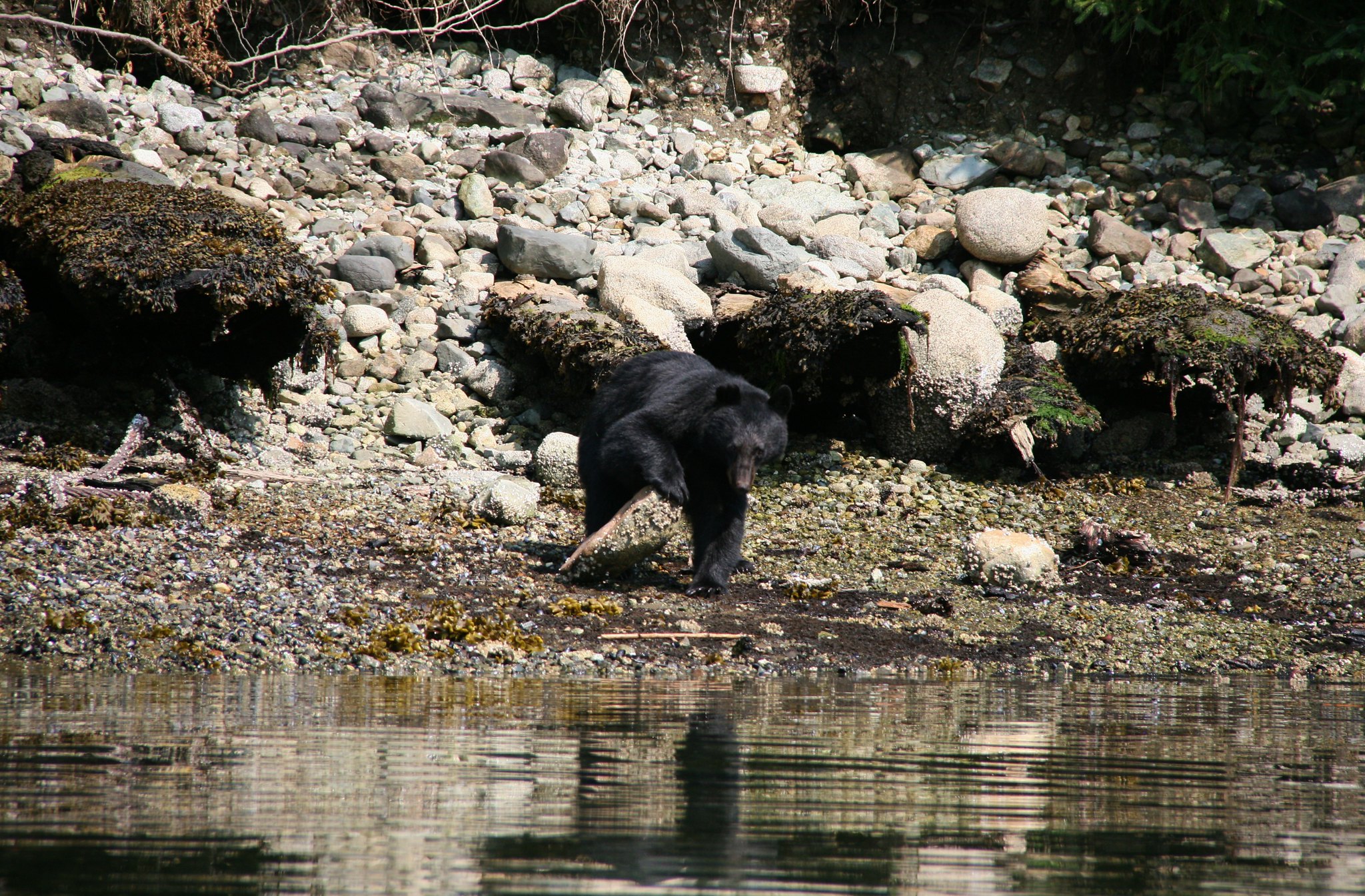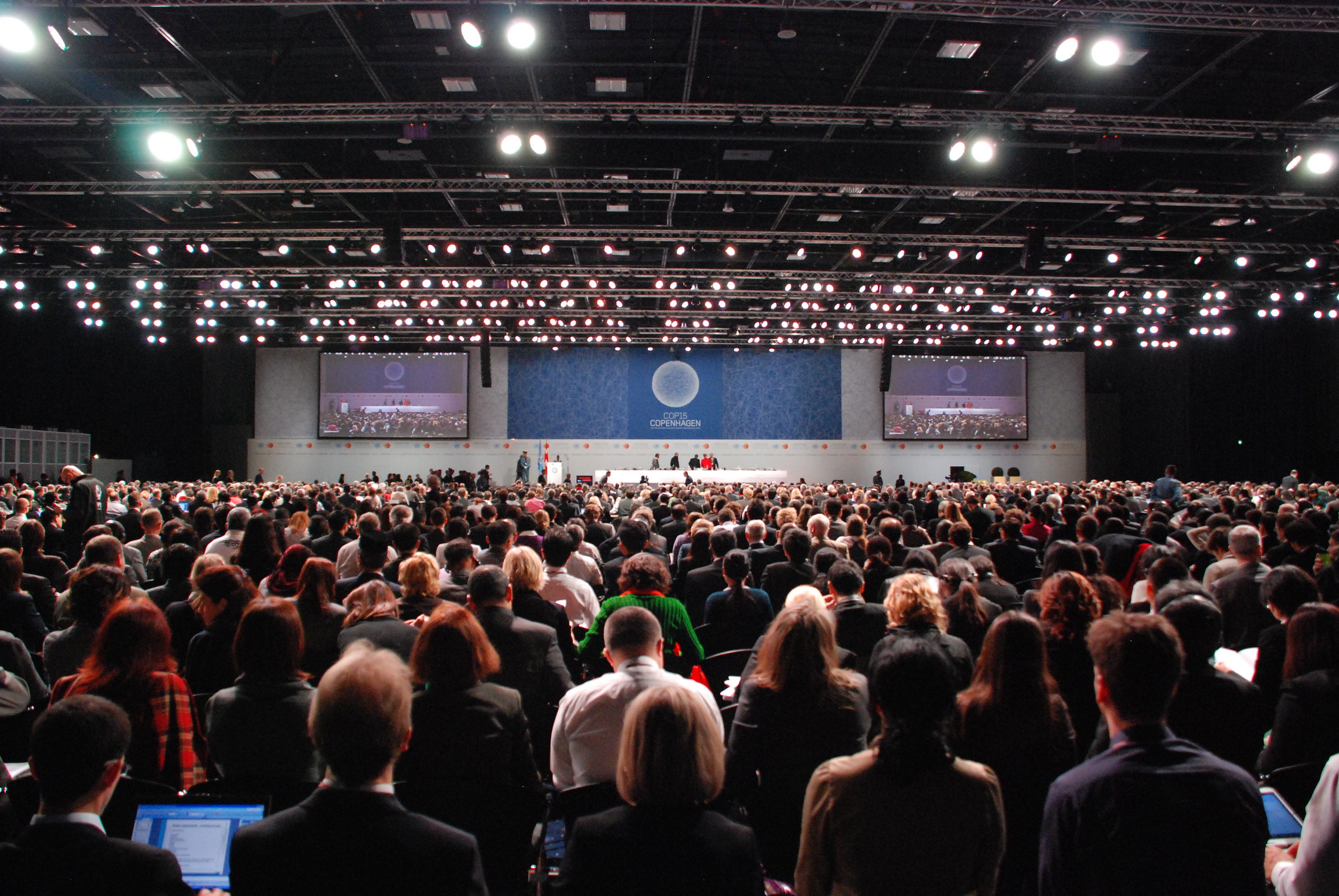10.1: Definitions and Environmental Stewardship Ideas
- Page ID
- 9359
\( \newcommand{\vecs}[1]{\overset { \scriptstyle \rightharpoonup} {\mathbf{#1}} } \)
\( \newcommand{\vecd}[1]{\overset{-\!-\!\rightharpoonup}{\vphantom{a}\smash {#1}}} \)
\( \newcommand{\id}{\mathrm{id}}\) \( \newcommand{\Span}{\mathrm{span}}\)
( \newcommand{\kernel}{\mathrm{null}\,}\) \( \newcommand{\range}{\mathrm{range}\,}\)
\( \newcommand{\RealPart}{\mathrm{Re}}\) \( \newcommand{\ImaginaryPart}{\mathrm{Im}}\)
\( \newcommand{\Argument}{\mathrm{Arg}}\) \( \newcommand{\norm}[1]{\| #1 \|}\)
\( \newcommand{\inner}[2]{\langle #1, #2 \rangle}\)
\( \newcommand{\Span}{\mathrm{span}}\)
\( \newcommand{\id}{\mathrm{id}}\)
\( \newcommand{\Span}{\mathrm{span}}\)
\( \newcommand{\kernel}{\mathrm{null}\,}\)
\( \newcommand{\range}{\mathrm{range}\,}\)
\( \newcommand{\RealPart}{\mathrm{Re}}\)
\( \newcommand{\ImaginaryPart}{\mathrm{Im}}\)
\( \newcommand{\Argument}{\mathrm{Arg}}\)
\( \newcommand{\norm}[1]{\| #1 \|}\)
\( \newcommand{\inner}[2]{\langle #1, #2 \rangle}\)
\( \newcommand{\Span}{\mathrm{span}}\) \( \newcommand{\AA}{\unicode[.8,0]{x212B}}\)
\( \newcommand{\vectorA}[1]{\vec{#1}} % arrow\)
\( \newcommand{\vectorAt}[1]{\vec{\text{#1}}} % arrow\)
\( \newcommand{\vectorB}[1]{\overset { \scriptstyle \rightharpoonup} {\mathbf{#1}} } \)
\( \newcommand{\vectorC}[1]{\textbf{#1}} \)
\( \newcommand{\vectorD}[1]{\overrightarrow{#1}} \)
\( \newcommand{\vectorDt}[1]{\overrightarrow{\text{#1}}} \)
\( \newcommand{\vectE}[1]{\overset{-\!-\!\rightharpoonup}{\vphantom{a}\smash{\mathbf {#1}}}} \)
\( \newcommand{\vecs}[1]{\overset { \scriptstyle \rightharpoonup} {\mathbf{#1}} } \)
\( \newcommand{\vecd}[1]{\overset{-\!-\!\rightharpoonup}{\vphantom{a}\smash {#1}}} \)
\(\newcommand{\avec}{\mathbf a}\) \(\newcommand{\bvec}{\mathbf b}\) \(\newcommand{\cvec}{\mathbf c}\) \(\newcommand{\dvec}{\mathbf d}\) \(\newcommand{\dtil}{\widetilde{\mathbf d}}\) \(\newcommand{\evec}{\mathbf e}\) \(\newcommand{\fvec}{\mathbf f}\) \(\newcommand{\nvec}{\mathbf n}\) \(\newcommand{\pvec}{\mathbf p}\) \(\newcommand{\qvec}{\mathbf q}\) \(\newcommand{\svec}{\mathbf s}\) \(\newcommand{\tvec}{\mathbf t}\) \(\newcommand{\uvec}{\mathbf u}\) \(\newcommand{\vvec}{\mathbf v}\) \(\newcommand{\wvec}{\mathbf w}\) \(\newcommand{\xvec}{\mathbf x}\) \(\newcommand{\yvec}{\mathbf y}\) \(\newcommand{\zvec}{\mathbf z}\) \(\newcommand{\rvec}{\mathbf r}\) \(\newcommand{\mvec}{\mathbf m}\) \(\newcommand{\zerovec}{\mathbf 0}\) \(\newcommand{\onevec}{\mathbf 1}\) \(\newcommand{\real}{\mathbb R}\) \(\newcommand{\twovec}[2]{\left[\begin{array}{r}#1 \\ #2 \end{array}\right]}\) \(\newcommand{\ctwovec}[2]{\left[\begin{array}{c}#1 \\ #2 \end{array}\right]}\) \(\newcommand{\threevec}[3]{\left[\begin{array}{r}#1 \\ #2 \\ #3 \end{array}\right]}\) \(\newcommand{\cthreevec}[3]{\left[\begin{array}{c}#1 \\ #2 \\ #3 \end{array}\right]}\) \(\newcommand{\fourvec}[4]{\left[\begin{array}{r}#1 \\ #2 \\ #3 \\ #4 \end{array}\right]}\) \(\newcommand{\cfourvec}[4]{\left[\begin{array}{c}#1 \\ #2 \\ #3 \\ #4 \end{array}\right]}\) \(\newcommand{\fivevec}[5]{\left[\begin{array}{r}#1 \\ #2 \\ #3 \\ #4 \\ #5 \\ \end{array}\right]}\) \(\newcommand{\cfivevec}[5]{\left[\begin{array}{c}#1 \\ #2 \\ #3 \\ #4 \\ #5 \\ \end{array}\right]}\) \(\newcommand{\mattwo}[4]{\left[\begin{array}{rr}#1 \amp #2 \\ #3 \amp #4 \\ \end{array}\right]}\) \(\newcommand{\laspan}[1]{\text{Span}\{#1\}}\) \(\newcommand{\bcal}{\cal B}\) \(\newcommand{\ccal}{\cal C}\) \(\newcommand{\scal}{\cal S}\) \(\newcommand{\wcal}{\cal W}\) \(\newcommand{\ecal}{\cal E}\) \(\newcommand{\coords}[2]{\left\{#1\right\}_{#2}}\) \(\newcommand{\gray}[1]{\color{gray}{#1}}\) \(\newcommand{\lgray}[1]{\color{lightgray}{#1}}\) \(\newcommand{\rank}{\operatorname{rank}}\) \(\newcommand{\row}{\text{Row}}\) \(\newcommand{\col}{\text{Col}}\) \(\renewcommand{\row}{\text{Row}}\) \(\newcommand{\nul}{\text{Nul}}\) \(\newcommand{\var}{\text{Var}}\) \(\newcommand{\corr}{\text{corr}}\) \(\newcommand{\len}[1]{\left|#1\right|}\) \(\newcommand{\bbar}{\overline{\bvec}}\) \(\newcommand{\bhat}{\widehat{\bvec}}\) \(\newcommand{\bperp}{\bvec^\perp}\) \(\newcommand{\xhat}{\widehat{\xvec}}\) \(\newcommand{\vhat}{\widehat{\vvec}}\) \(\newcommand{\uhat}{\widehat{\uvec}}\) \(\newcommand{\what}{\widehat{\wvec}}\) \(\newcommand{\Sighat}{\widehat{\Sigma}}\) \(\newcommand{\lt}{<}\) \(\newcommand{\gt}{>}\) \(\newcommand{\amp}{&}\) \(\definecolor{fillinmathshade}{gray}{0.9}\)One of the main reasons people travel is to visit areas that are unspoiled, natural, beautiful, or unique in terms of their local environment. Unfortunately, through our actions either as tourism businesses or as visitors, we risk damaging the natural environments we depend on (Hardin, 1968; Williams & Ponsford, 2008). Establishing management practices in tourism that limit harm and damage to the environment is a key priority for most tourism destinations. For this reason, environmental stewardship in tourism is of paramount importance.
Environmental stewardship can be defined as “the responsible use (including conservation) of natural resources in a way that takes full and balanced account of the interests of society, future generations, and other species, as well as of private needs, and accepts significant answerability to society” (Worrell & Appleby, 2000, p. 263). Further to this, indigenous peoples within BC and Canada see people and communities as integral pieces to the land management and caretaking process. As noted by the Assembly of First Nations (2020):
Indigenous peoples are caretakers of Mother Earth and realize and respect her gifts of water, air and fire. First Nations peoples’ have a special relationship with the earth and all living things in it. This relationship is based on a profound spiritual connection to Mother Earth that guided indigenous peoples to practice reverence, humility and reciprocity. It is also based on the subsistence needs and values extending back thousands of years. Hunting, gathering, and fishing to secure food includes harvesting food for self, family, the elderly, widows, the community, and for ceremonial purposes. Everything is taken and used with the understanding that we take only what we need, and we must use great care and be aware of how we take and how much of it so that future generations will not be put in peril.
This chapter explores the concept of environmental stewardship, the impacts of tourism on the natural environment (and vice versa), and ways we can minimize these impacts.

Generally speaking, environmental education, research, stewardship and practice have been informed by the traditions of western, Euro-centric culture. It is critical to note that Indigenous peoples throughout the world, including the various Indigenous Nations throughout the land now known as British Columbia have always been the original stewards of their Territories and lands.
Stewardship is often defined as having the duty of and then actively participating in the careful management of resources. Resource stewardship concepts have roots in a diversity of early practices, often founded on intimate connections between humans, their unique cultural practices and nature (McMillen et. al., 2020). Indigenous knowledge and practices of stewardship concepts were pushed aside for decades as European and white settlers in British Columbia removed Indigenous people from their Lands and implemented Euro-centric systems of land management (Kimmerer, 2013; Wildcat et. al., 2014). Indigenous peoples are often ideally suited to implement stewardship of lands due to in-depth knowledge of their Territories and the stewardship practices developed over centuries of ecosystem management and land connection (Bird & Nimmo, 2018; Kimmerer, 2013).
The topic of stewardship entered Western thought in the middle of the last century in the works of writers such as Aldo Leopard (A Sand Country Almanac), Garret Hardin (The Tragedy of the Commons), and Rachel Carson (Silent Spring). Building on this growing consciousness, concepts of sustainability and sustainable development was introduced into mainstream policy and thought.
One of the first commonly accepted definitions of sustainable development came from the World Commission on Environment and Development, later renamed the Brundtland Commission. It defined sustainable development as meeting “the needs of the present without compromising the ability of future generations to meet their own needs” (Brundtland, 1987, p. 41). Sustainable development models include aspects that interconnect components of social, economic and environmental sustainability, and how these components can work together for long-term, intergenerational outcomes.
A related concept is environmental management, where the natural resources of the environment are managed through policies designed to protect natural values while providing a framework for use. In tourism, this management may be the responsibility of many groups including individual operators, tourism industry organizations, non-governmental organizations, or government agencies (Mercer, 2004; Williams & Ponsford, 2008).

The Need for Change
Experts around the world agree that the need for stewardship has never been greater, as there exists overwhelming evidence that the environment is being irrevocably damaged by human actions. Climate change caused by increased greenhouse gas emissions (World Tourism Organization, 2008a) and the loss of biodiversity due to declining habitat loss are just two compelling issues.
Tourism, in particular, relies on environmental resources of land, waters, wildlife, air, etc. and often abuses these resources at the detriment to local people and ecological systems. Tourism continues to grow globally, and many tourists are in pursuit of pristine, natural environments. Development of tourism products results in increased urbanization, overuse, exceeding carrying capacity, and contamination of natural resources (Williams & Ponsford, 2008). Later in this chapter, we’ll provide several examples of specific tourism and hospitality impacts and approaches to mitigating them.
There is one issue that is currently taking precedence over all others: climate change. The next section focuses specifically on this critical global issue and its relationship to the tourism industry.


